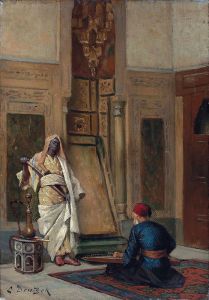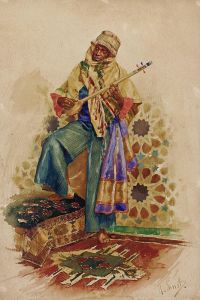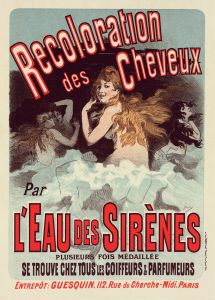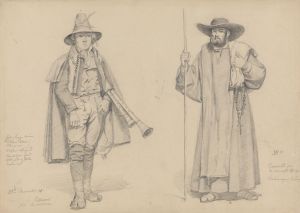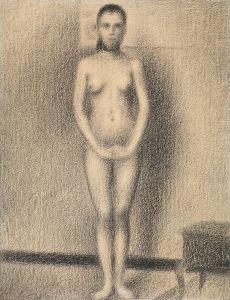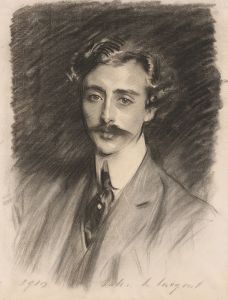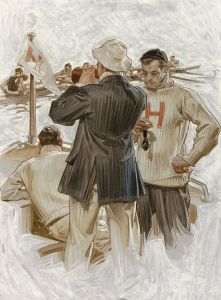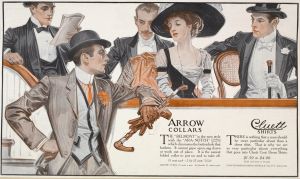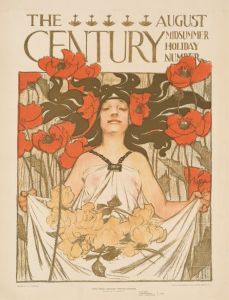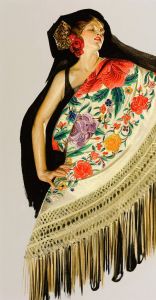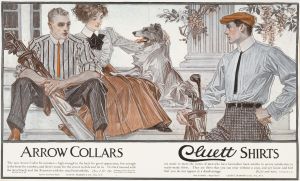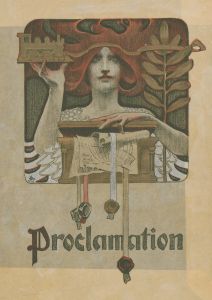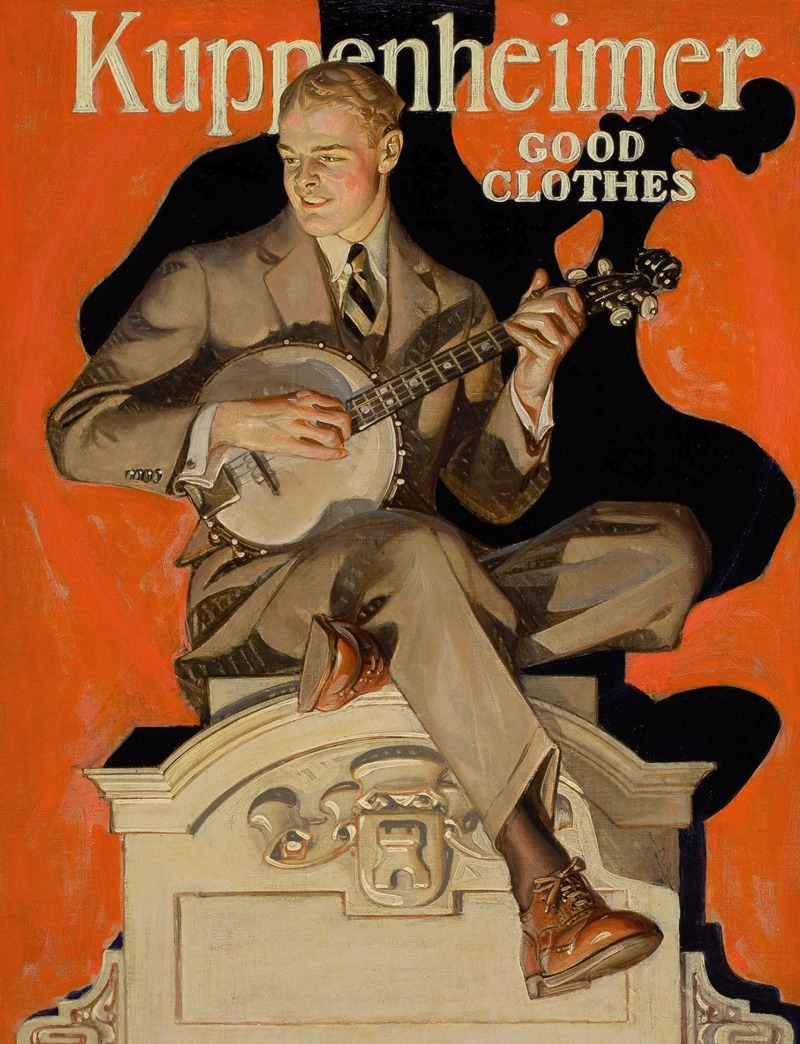
Kuppenheimer Good Clothes
A hand-painted replica of Joseph Christian Leyendecker’s masterpiece Kuppenheimer Good Clothes, meticulously crafted by professional artists to capture the true essence of the original. Each piece is created with museum-quality canvas and rare mineral pigments, carefully painted by experienced artists with delicate brushstrokes and rich, layered colors to perfectly recreate the texture of the original artwork. Unlike machine-printed reproductions, this hand-painted version brings the painting to life, infused with the artist’s emotions and skill in every stroke. Whether for personal collection or home decoration, it instantly elevates the artistic atmosphere of any space.
Joseph Christian Leyendecker was a prominent American illustrator, renowned for his work in the early 20th century. Among his notable contributions to the world of commercial art is his series of advertisements for Kuppenheimer, a men's clothing company. Leyendecker's illustrations for Kuppenheimer Good Clothes are celebrated for their distinctive style and have become iconic representations of early 20th-century American advertising.
Leyendecker was born in 1874 in Germany and immigrated to the United States with his family in 1882. He studied at the Chicago Art Institute and later at the Académie Julian in Paris, where he honed his skills in illustration. His career took off when he began working for major publications and advertisers, including The Saturday Evening Post, where he became famous for his covers featuring the "Arrow Collar Man."
The Kuppenheimer Good Clothes series is a testament to Leyendecker's ability to blend art with commercial appeal. His work for Kuppenheimer began in the early 1900s, during a time when print advertising was a primary medium for reaching consumers. Leyendecker's illustrations were characterized by their clean lines, attention to detail, and an ability to convey elegance and sophistication, which aligned perfectly with Kuppenheimer's brand image.
The advertisements typically featured well-dressed, confident men, often depicted in social settings or engaging in leisure activities. Leyendecker's use of color and composition drew the viewer's attention to the clothing, highlighting the quality and style of Kuppenheimer's products. His work not only promoted the brand but also helped to shape the public's perception of men's fashion during that era.
One of the key elements of Leyendecker's success was his understanding of the target audience. He portrayed an idealized version of the American man—stylish, successful, and modern. This resonated with consumers who aspired to the lifestyle depicted in the advertisements. Leyendecker's ability to capture the zeitgeist of the time made his work for Kuppenheimer particularly effective.
The impact of Leyendecker's illustrations extended beyond advertising. His work influenced the broader field of graphic design and illustration, setting a standard for future generations of artists. The Kuppenheimer Good Clothes series is often studied for its artistic merit and its role in the evolution of commercial art.
Leyendecker's collaboration with Kuppenheimer continued for several years, contributing to the company's reputation as a leading name in men's fashion. His illustrations remain a significant part of Kuppenheimer's legacy and are frequently referenced in discussions of early 20th-century advertising.
In summary, Joseph Christian Leyendecker's work for Kuppenheimer Good Clothes exemplifies the intersection of art and commerce. His ability to create compelling, aspirational images helped to elevate the brand and left a lasting impact on the world of advertising. Leyendecker's legacy as a master illustrator endures, and his contributions to commercial art continue to be celebrated and studied today.





